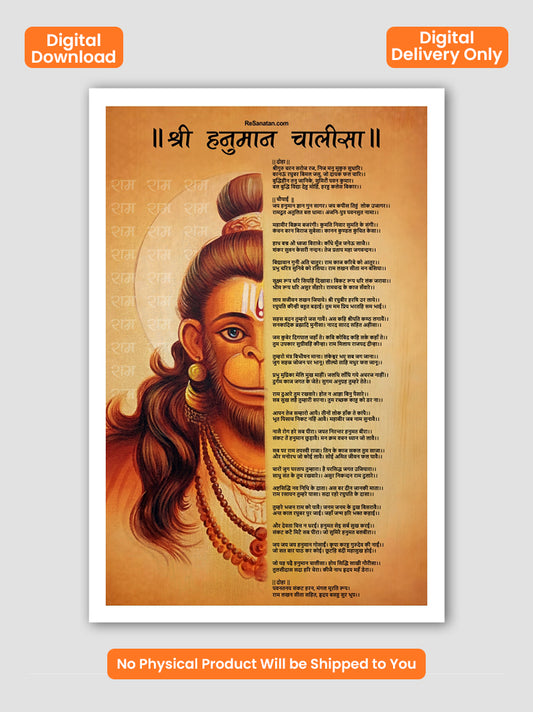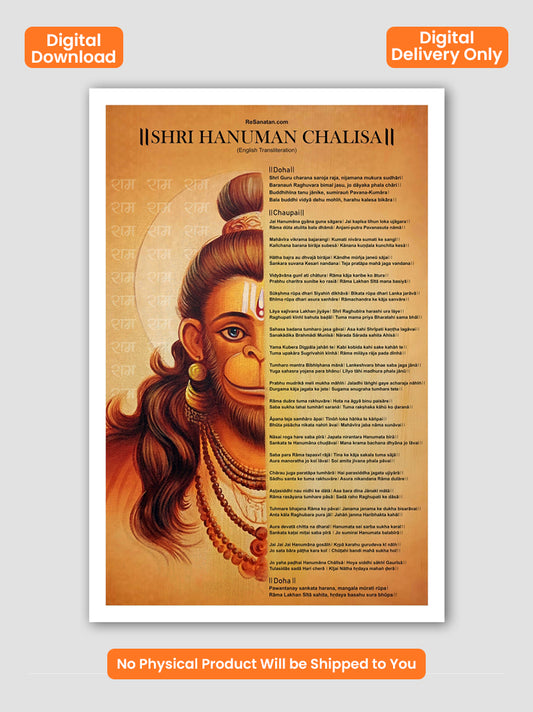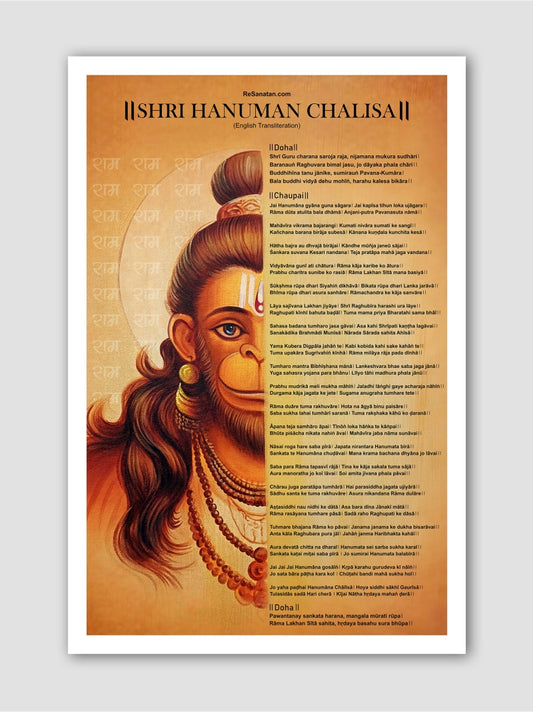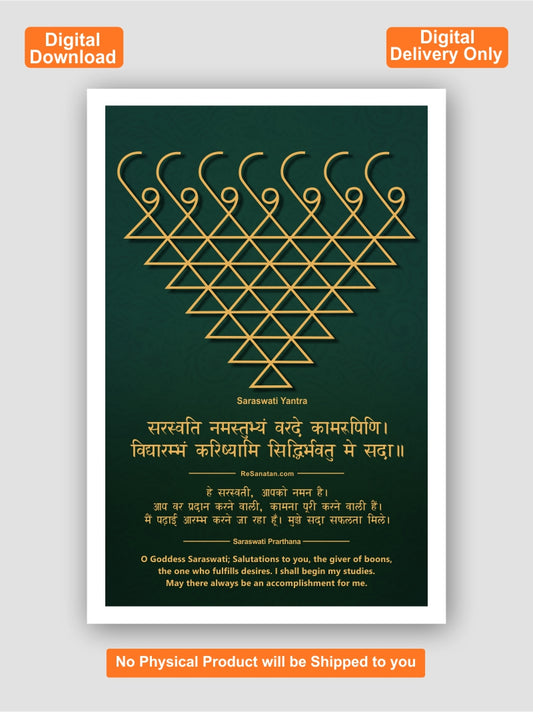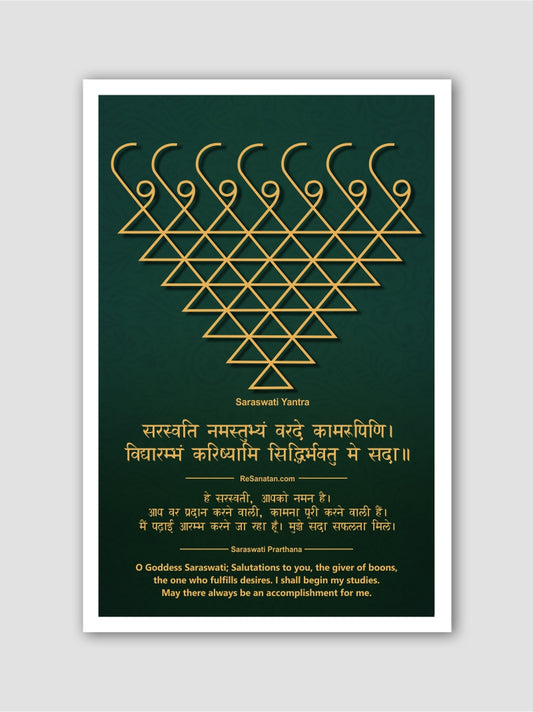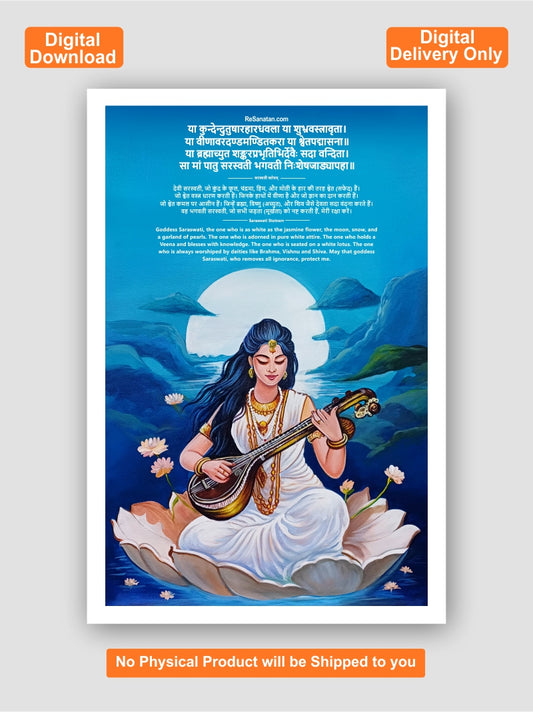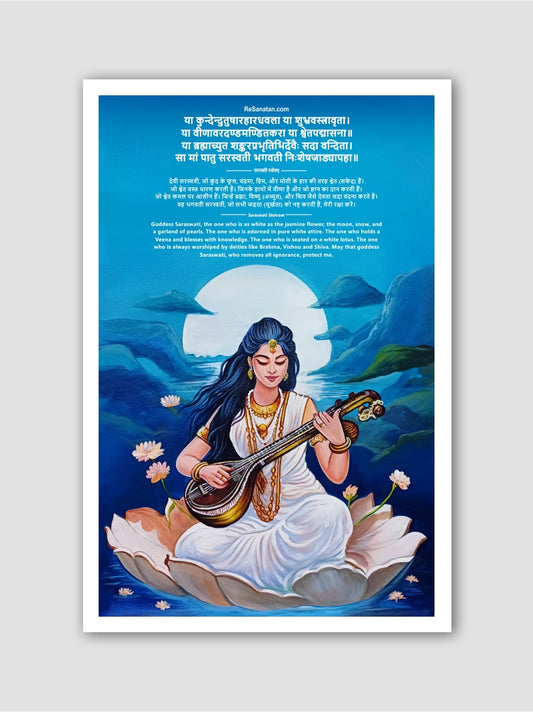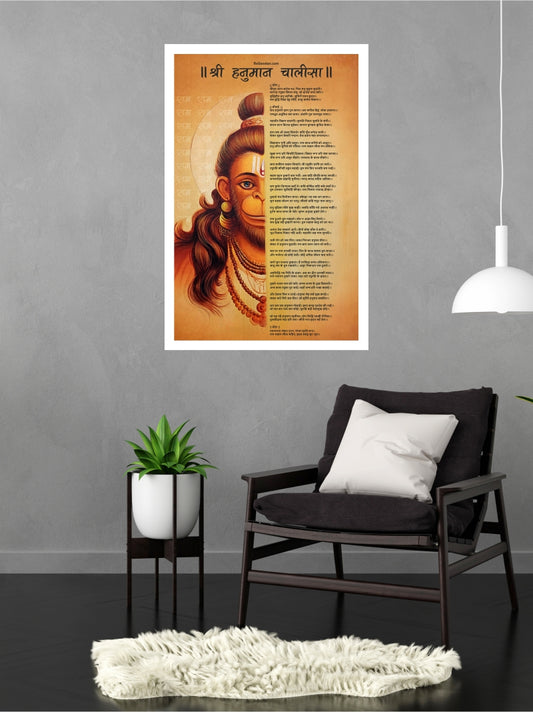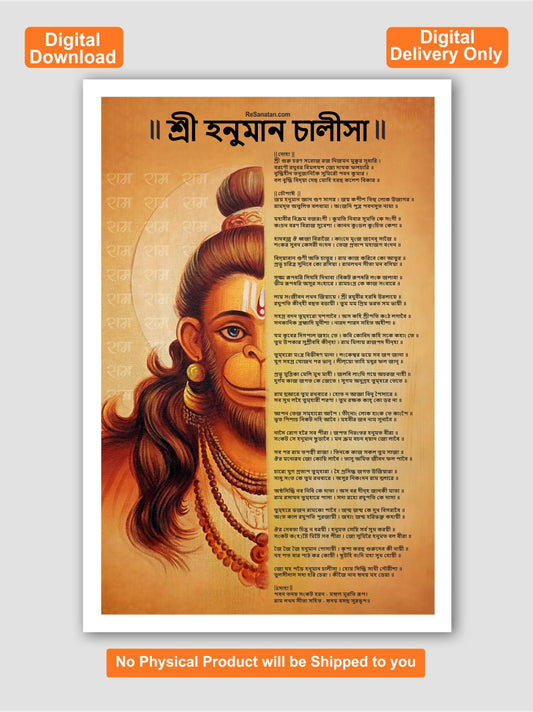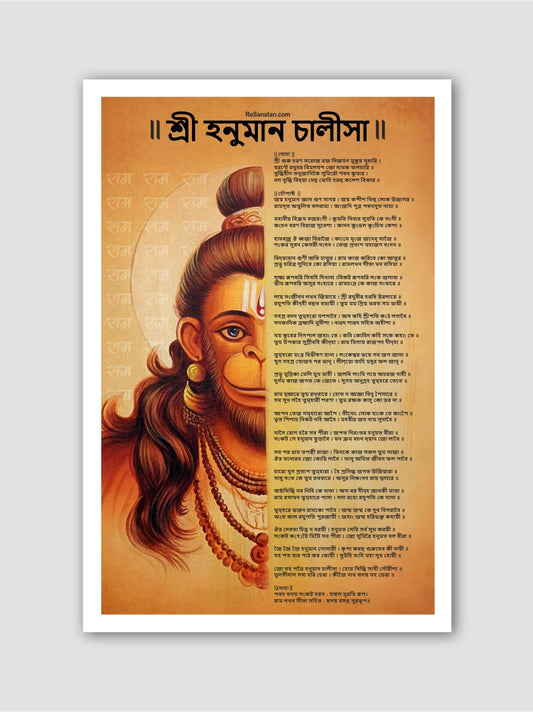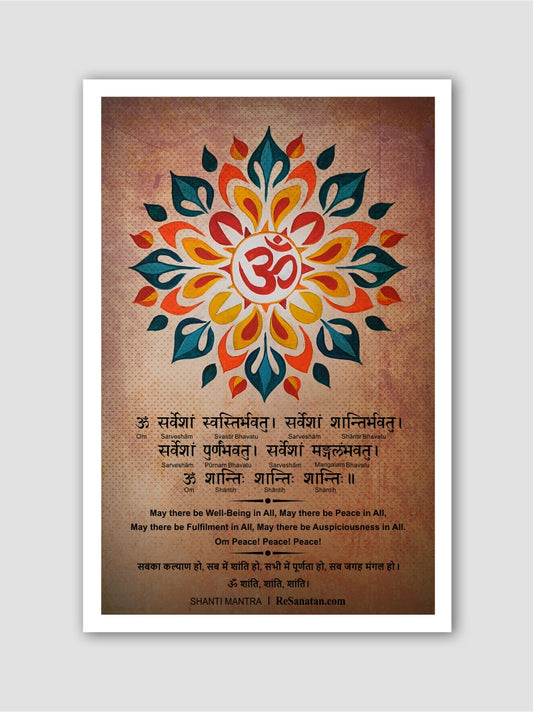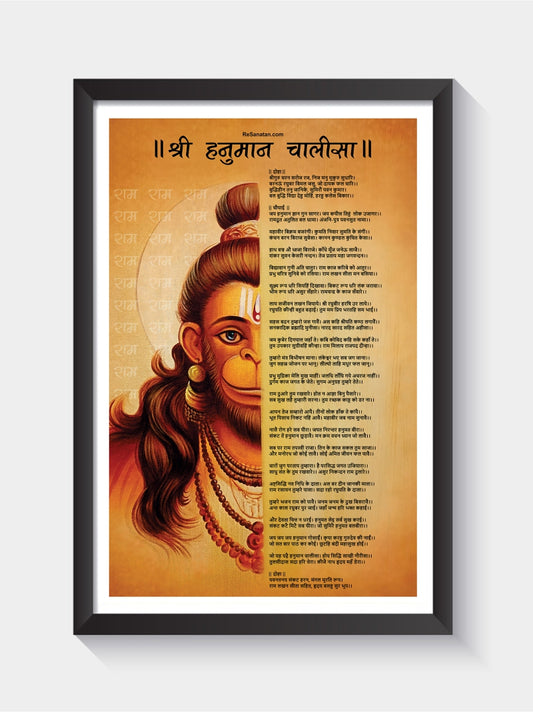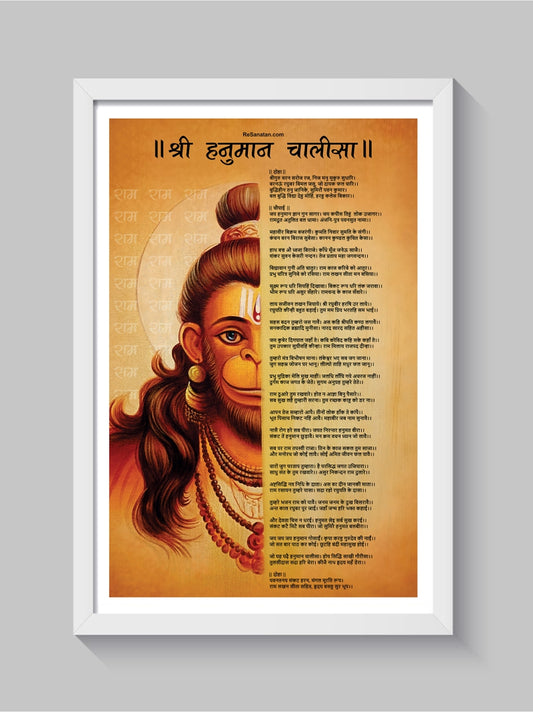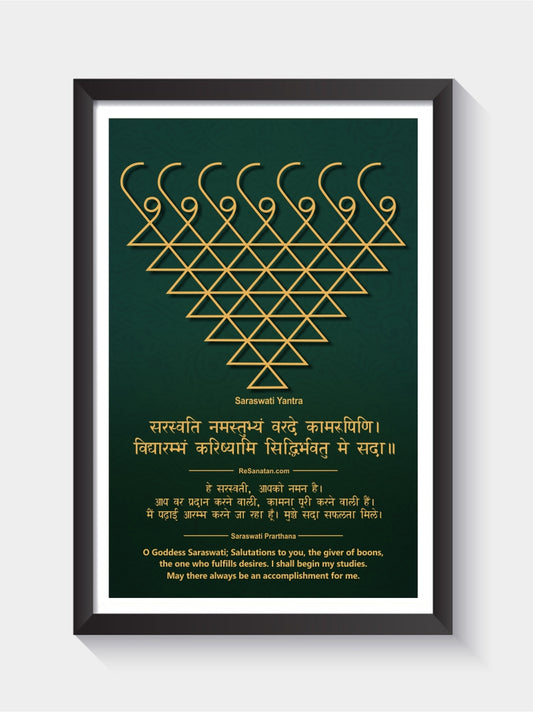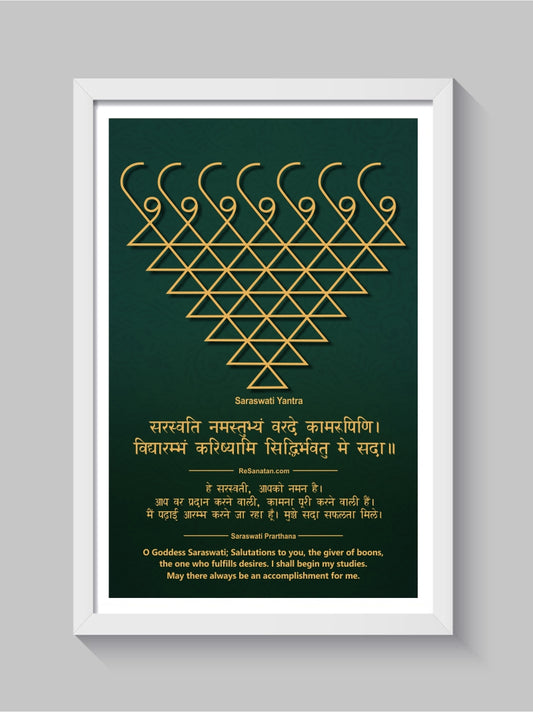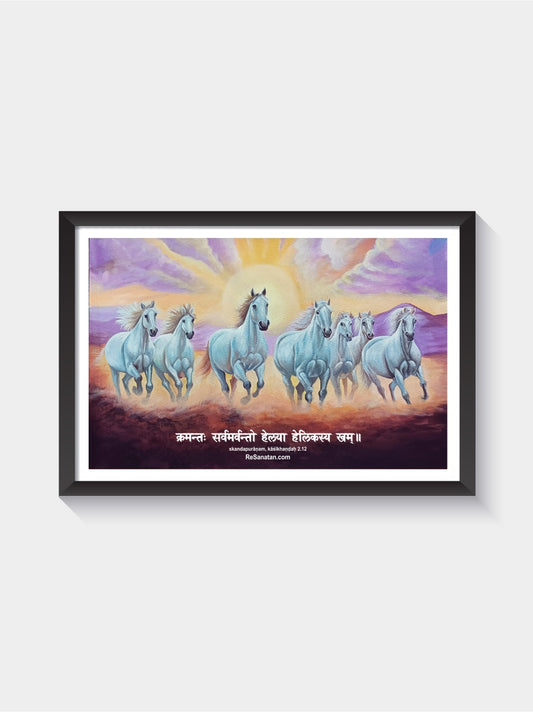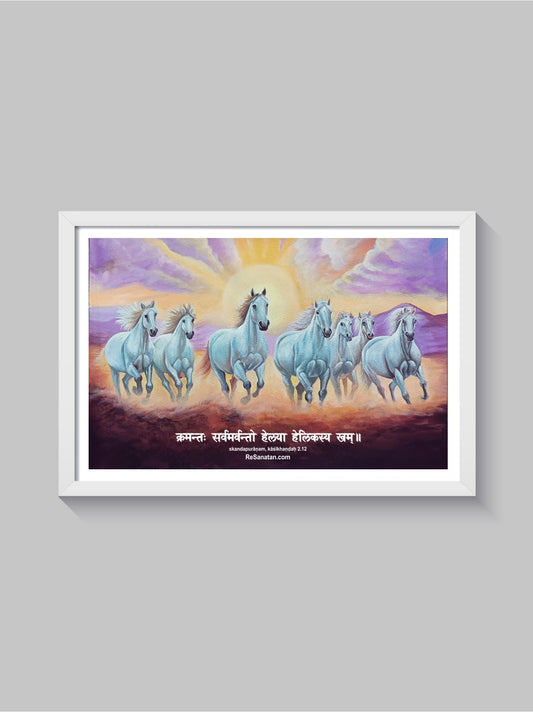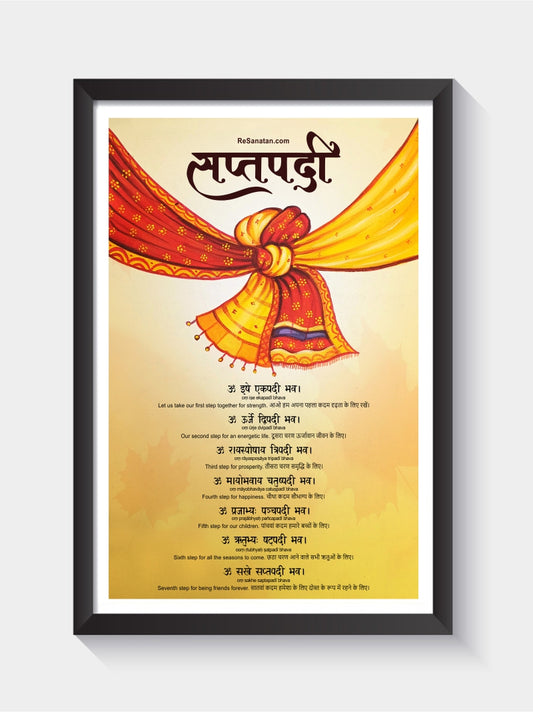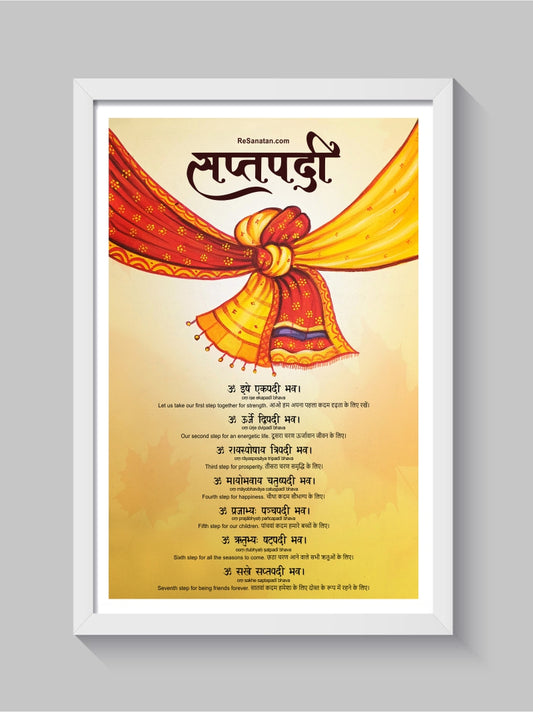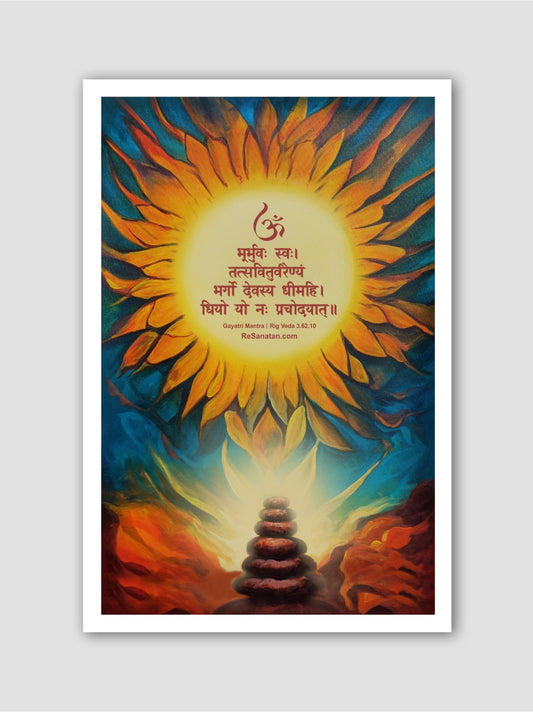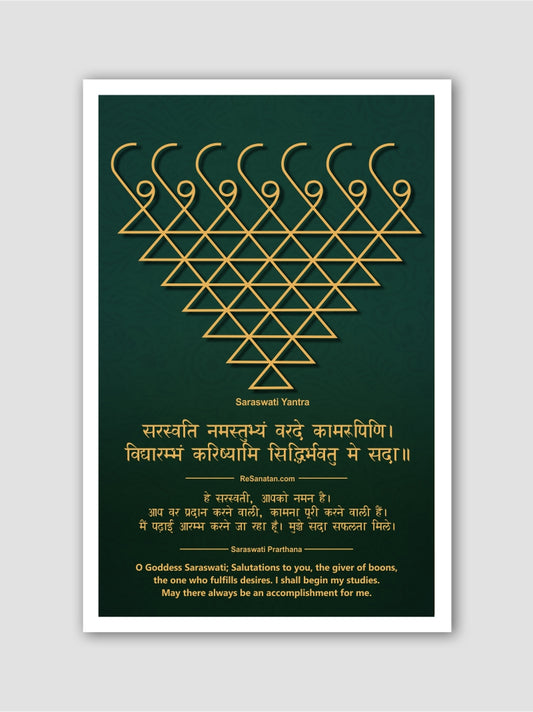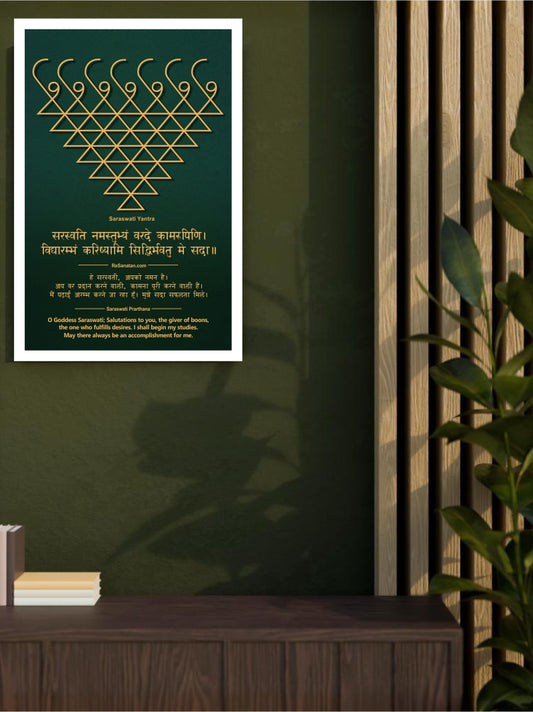Diwali Celebration Guide: Dates, Significance, Quotes, and Wishes in English, Hindi & Sanskrit
Share
Diwali, also known as the Festival of Lights, is one of the most widely celebrated festivals in India and across the world, symbolizing the victory of light over darkness and good over evil. Rooted in ancient Hindu traditions, it brings together family, friends, and communities in a spirit of joy, harmony, and prosperity. The festival holds immense significance not just religiously but culturally, uniting people of various regions and beliefs under the shared values of love, gratitude, and generosity. This article takes you on a journey through the traditions, history, celebrations, and essence of Diwali.
Diwali 2025 Dates: A Detailed Breakdown of the Six-Day Celebration
Diwali in 2025 will be celebrated from Saturday, October 18, 2025 to Thursday, October 23, 2025. The main celebration, Lakshmi Puja (the most significant day of Diwali), will take place on Monday, October 20, 2025. Below is the detailed breakdown of the five-day celebration:
1. Dhanteras: Saturday, October 18, 2025
2. Naraka Chaturdashi (Choti Diwali): Monday, October 20, 2025
3. Lakshmi Puja (Main Diwali Festival): Monday, October 20, 2025
4. Govardhan Puja: Wednesday, October 22, 2025
5. Bhai Dooj: Thursday, October 23, 2025
These dates mark the series of events during the Six-day Diwali festival, each having its own unique rituals and significance.
The Significance of Diwali
Diwali’s significance extends beyond mythology. It embodies the human aspiration for hope, renewal, and inner awakening. The spiritual essence of Diwali is rooted in light as a metaphor for self-awareness, knowledge, and goodness. The glowing lamps symbolize the light within each of us, guiding our path toward truth and enlightenment. It also serves as a reminder that, no matter how difficult the challenges in life, light can always conquer darkness, and the forces of good will prevail.
Historical and Mythological Roots of Diwali
Let's delve into the different stories behind Diwali and understand its diverse roots and significance.
1. Return of Lord Rama to Ayodhya
The most popular and widely accepted legend of Diwali is associated with Lord Rama, one of the principal avatars of the god Vishnu, and the protagonist of the epic Ramayana. According to Hindu mythology, Lord Rama, along with his wife Sita and brother Lakshmana, returned to his kingdom, Ayodhya, after 14 years of exile. During this period of exile, Rama defeated Ravana, the ten-headed demon king of Lanka, who had abducted Sita. After this victory, Lord Rama, Sita, and Lakshmana returned to Ayodhya, and their return was celebrated with great joy and enthusiasm by the citizens of the kingdom.
The people of Ayodhya lit diyas (earthen lamps) all across the kingdom to welcome their beloved king back home and celebrate the triumph of good over evil, as well as the end of their ruler's hardship. This event is commemorated during Diwali by lighting lamps, decorating homes, and bursting fireworks. It represents the victory of light over darkness and good over evil, as Lord Rama symbolizes righteousness, and Ravana symbolizes ego and evil.
2. Victory of Lord Krishna Over Narakasura
Another well-known mythological story behind the celebration of Diwali is related to Lord Krishna. According to this legend, Diwali commemorates Lord Krishna’s victory over the demon Narakasura, the ruler of Pragjyotishapura. Narakasura was a tyrant who had captured 16,000 women and kept them imprisoned. He had also snatched the earrings of Aditi, the mother of the gods, adding to his misdeeds.
When the atrocities of Narakasura reached their peak, the gods approached Lord Krishna for help. Krishna, along with his wife Satyabhama, fought a fierce battle with Narakasura. Eventually, Narakasura was killed, and the imprisoned women were freed. The day on which Narakasura was defeated is celebrated as Naraka Chaturdashi, which falls one day before the main Diwali celebration. It symbolizes the victory of good over evil and liberation from tyranny and oppression.
3. The Story of Goddess Lakshmi
Diwali is also widely celebrated in honor of Goddess Lakshmi, the goddess of wealth, prosperity, and good fortune. According to the Puranas, during the churning of the cosmic ocean, known as the Samudra Manthan, both gods (Devas) and demons (Asuras) churned the ocean to obtain Amrit (the nectar of immortality). During this churning, Goddess Lakshmi emerged from the ocean on the day of Kartik Amavasya (new moon night).
The Devas and Asuras both desired Lakshmi, but she chose Lord Vishnu as her consort. Since that day, she is worshipped as the goddess of wealth and prosperity, and during Diwali, her blessings are sought for financial stability, success, and peace. Lakshmi Puja is performed on the third day of the Diwali festival to honor her, and people believe that she visits clean and well-lit homes, bringing prosperity and abundance.
4. The Return of the Pandavas
Another legend associated with Diwali relates to the great Hindu epic, the Mahabharata. According to this story, the Pandavas—the five righteous brothers—returned to their kingdom, Hastinapura, after 12 years of exile followed by a year of Agyatvas (living in incognito). The exile was a result of a gambling game they lost against their cousins, the Kauravas.
The people of Hastinapura were overjoyed with the return of the Pandavas and celebrated their homecoming by lighting earthen lamps, illuminating the entire kingdom. The lighting of diyas signified the triumph of righteousness and justice, and this tradition became a part of the Diwali celebration. It is a symbol of the return of the righteous after years of hardship, and their rightful reclamation of what was lost.
5. Worship of Goddess Kali (Kali Puja)
In West Bengal, Odisha, and Assam, Diwali coincides with Kali Puja, which is dedicated to Goddess Kali, the fierce incarnation of Goddess Durga. According to legend, Goddess Kali emerged to destroy the demons who were wreaking havoc in the world. In her fury, she began eliminating all evil, but eventually, she lost control and began destroying anything in her path. To calm her down, Lord Shiva lay in her path, and when she stepped on him, she realized her mistake and stopped.
Kali Puja is observed during the night of Amavasya (new moon) on Diwali, where Goddess Kali is worshipped to seek protection from evil forces, for strength, and for the removal of negativity from our lives. It symbolizes the victory of divine feminine power over negative forces and the triumph of courage.
6. The Coronation of King Vikramaditya
According to some historical sources, Diwali is also connected with the coronation of King Vikramaditya, one of the greatest emperors in Indian history. Known for his wisdom, valor, and justice, Vikramaditya's coronation was celebrated with a grand festival involving the lighting of lamps, decorating homes, and rejoicing. This event, celebrated as Diwali, commemorates his just and prosperous reign.
7. Significance for Jains, Sikhs, and Buddhists
Diwali is not only significant to Hindus but is also important for Jains, Sikhs, and Buddhists:
Jains celebrate Diwali as the day when Lord Mahavira, the 24th Tirthankara and founder of Jainism, attained Nirvana (liberation from the cycle of birth and death) in 527 BCE. According to Jain traditions, Mahavira's disciple Gautama Swami attained perfect knowledge on this day, making it a day of enlightenment.
Sikhs commemorate Bandi Chhor Divas during Diwali, which marks the day when the sixth Sikh Guru, Guru Hargobind Ji, was released from the captivity of Mughal Emperor Jahangir along with 52 other kings. Guru Hargobind Ji’s release was celebrated by lighting the Golden Temple in Amritsar, and to this day, Sikhs celebrate this event by illuminating the temple and performing acts of service.
In Buddhism, especially among the Newar Buddhists of Nepal, Diwali is celebrated as "Tihar". They worship Lakshmi for prosperity and celebrate the bond between humans and animals, such as dogs and cows, highlighting interconnectedness.
Traditions and Rituals of Diwali
Below is a detailed overview of the significant traditions and rituals that make Diwali a unique celebration.
1. House Cleaning and Decorating
Cleaning the House: The preparations for Diwali begin weeks in advance, with an essential tradition of cleaning and decluttering the home. It is believed that Goddess Lakshmi, the goddess of wealth, visits only those homes that are clean, well-maintained, and pure. Thus, people thoroughly clean their houses, which also symbolizes removing negativity and creating a clean, positive environment for the upcoming year.
Decorating the House: After cleaning, the house is decorated with colorful rangoli, flowers, and lights. Rangoli is a beautiful pattern made on the floor near the entrance of homes, usually using colored powders, flower petals, or rice. The intricate designs are believed to welcome good luck and ward off evil spirits. Torans (door hangings) made of fresh flowers, mango leaves, and marigold are also hung on doors.
Lighting Diyas and Electric Lights: A significant ritual of Diwali is the lighting of diyas (earthen oil lamps). These lamps are placed at doorways, windows, and courtyards to dispel darkness and symbolize the triumph of light over evil. In addition to diyas, many people also use colorful electric lights, lanterns, and candles to illuminate their homes. Lighting diyas signifies knowledge, purity, and positivity. It is believed that a well-lit home invites Goddess Lakshmi to bless the family with prosperity and happiness.
2. The Five Days of Diwali Celebrations
Diwali is not just a single-day event but a five-day celebration, with each day carrying its own customs and significance:
Day 1: Dhanteras (Dhantrayodashi)
Dhanteras marks the beginning of Diwali and is dedicated to the worship of Lord Dhanvantari, the god of medicine and health. On this day, people buy gold, silver, or new utensils, which are considered auspicious.
Rangoli is drawn at the entrance, and homes are decorated. The day is also dedicated to praying for health, prosperity, and well-being.
Day 2: Naraka Chaturdashi (Choti Diwali)
The second day of Diwali is Naraka Chaturdashi, also known as Choti Diwali. It celebrates Lord Krishna's victory over the demon Narakasura.
On this day, people take an oil bath early in the morning, which symbolizes purification and the removal of sins and negative energy.
In many regions, people decorate their homes with diyas and lanterns to ward off evil spirits and negativity.
Day 3: Lakshmi Puja (Main Diwali Festival)
The third day is the main day of Diwali, celebrated as Lakshmi Puja. This day is dedicated to the worship of Goddess Lakshmi and Lord Ganesha (the remover of obstacles).
Homes are decorated with lights, and diyas are lit throughout the evening. Family members gather to perform Lakshmi Puja, where offerings like sweets, fruits, flowers, and incense are made.
After the puja, people exchange gifts and sweets, symbolizing love and togetherness. Fireworks are also a significant part of the celebration, symbolizing the joy of the occasion.
Day 4: Govardhan Puja / Annakut
The fourth day is dedicated to the worship of Lord Krishna and is known as Govardhan Puja or Annakut. It commemorates the story of Krishna lifting the Govardhan mountain to protect the people of Vrindavan from torrential rains.
People prepare an Annakut (mountain of food) as an offering to Krishna, and various dishes are cooked to symbolize abundance.
In many homes, miniature clay models of Govardhan are worshiped, and prayers are offered to seek protection and blessings.
Day 5: Bhai Dooj
The fifth day, Bhai Dooj, is a celebration of the bond between brothers and sisters. It is similar to Raksha Bandhan and honors sibling relationships.
Sisters pray for the long life and well-being of their brothers, and in return, brothers give gifts to their sisters as a token of love and appreciation.
The day is marked by rituals where the sister applies tilak (vermilion mark) on the brother’s forehead, and they share a meal together, strengthening their familial bond.
3. Lakshmi and Ganesha Puja
Lakshmi Puja: One of the most important rituals of Diwali is the Lakshmi Puja, which takes place on the third day of the festival. During this puja, Goddess Lakshmi is worshiped for wealth, prosperity, and good fortune, and Lord Ganesha is invoked for removing obstacles and blessing new beginnings.
The Puja Ritual:
The altar is decorated with flowers, diyas, incense sticks, and colorful cloth.
Idols or pictures of Goddess Lakshmi and Lord Ganesha are placed, and prayers are offered with flowers, sweets, and fruits.
Special mantras are recited to invite blessings, and offerings such as coconut, turmeric, and kumkum are placed before the deities.
After the puja, aarti is performed, and the offerings are distributed as prasad.
Importance of the Puja: Lakshmi Puja is believed to bring prosperity, wealth, and success into one's life. It is also an opportunity for families to gather and pray together, fostering unity, love, and harmony.
4. Exchanging Gifts and Sweets
Sharing Gifts: The exchange of gifts is a key tradition of Diwali, signifying love, appreciation, and goodwill. Gifts usually include sweets, dry fruits, decorations, silver items, and clothing. Exchanging gifts during Diwali helps strengthen relationships and conveys blessings and good wishes for a prosperous year ahead.
Making and Distributing Sweets: Sweets (mithai) are an integral part of Diwali, and families either make them at home or buy them from local shops. Popular sweets include ladoos, barfis, gulab jamuns, and jalebis. Sweets symbolize joy and celebration, and distributing them among friends and neighbors fosters a sense of community and togetherness.
5. Bursting Firecrackers
The Significance of Fireworks: Bursting firecrackers is one of the most iconic rituals of Diwali. It symbolizes the triumph of light over darkness and good over evil, creating a festive atmosphere. The sound of fireworks is also believed to ward off evil spirits.
Environmental Concerns: In recent years, due to growing environmental awareness, many people are opting for a Green Diwali. Eco-friendly crackers that produce less noise and pollution are becoming popular. There is also a shift towards lighting more diyas instead of excessive fireworks to minimize environmental impact.
6. Wearing New Clothes
New Beginnings: Wearing new clothes during Diwali is a symbol of new beginnings and renewal. It represents the shedding of old, unwanted energies and inviting freshness into one’s life. Traditional attire such as sarees, lehengas, kurta-pajamas, and dhotis are often worn, and everyone dresses up in vibrant colors to mark the festive mood.
Honoring Tradition: Dressing in new clothes also honors the tradition of presenting oneself before the deities in a respectful and pure manner during puja. It reflects the spirit of positivity, prosperity, and reverence for the gods.
7. Rangoli - Art of Colors
Drawing Rangoli: Rangoli is an essential part of Diwali decoration. It is drawn at the entrance of homes to welcome guests and deities. Made with colored powders, flowers, rice, or sand, rangoli is an artistic expression and is often adorned with diyas to enhance its beauty.
Symbolism: Rangoli is considered auspicious and believed to attract good luck and positivity into the home. The intricate designs often depict lotus flowers, geometric patterns, peacocks, and deities, reflecting beauty and creativity.
8. Community Involvement and Charity
Giving Back to the Community: Diwali is also a time for charity (daan). It is believed that helping the less fortunate during Diwali brings blessings and happiness. People donate food, clothes, money, and other essentials to those in need, ensuring that everyone can participate in the festive spirit.
Feeding the Poor: Many families organize community feasts, distribute food packets, or offer meals at temples and shelters. This charitable spirit aligns with the teachings of generosity, compassion, and sharing, which are central to Diwali.
Diwali Quotes and Wishes in English, Hindi, and Sanskrit
Diwali Wishes and Quotes in English
Wishes:
1. "Wishing you a Diwali filled with sparkling joy, wealth, and success in every endeavor."
2. "May this Diwali usher in new hopes, dreams, and endless prosperity in your life."
3. "May the festival of lights fill your home with warmth, joy, and love. Happy Diwali!"
4. "May every diya you light bring a glow of happiness on your face and enlightenment to your soul."
5. "Wishing you and your family endless moments of joy and sparkling Diwali lights."
Quotes:
1. "Light a lamp of love, blast a chain of sorrow, and shoot a rocket of prosperity this Diwali."
2. "Diwali is the time to celebrate victory over darkness, knowledge over ignorance, and hope over despair."
3. "Let us celebrate the festival of lights by eliminating darkness and negativity from our hearts and lives."
4. "Diwali teaches us that even in the darkest moments, we must find and celebrate the light."
5. "The lights of Diwali remind us to shine bright, even when the world seems surrounded by darkness."
Diwali Wishes and Quotes in Hindi
Wishes:
1. "इस दिवाली आपके जीवन में खुशियों की अनगिनत रोशनी आए और दुखों का अंधकार मिट जाए। शुभ दीपावली!"
(Is Diwali aapke jeevan mein khushiyon ki anginat roshni aaye aur dukhon ka andhkar mit jaaye. Shubh Deepawali!)
2. "दीपावली का यह पावन पर्व आपके जीवन को नई उमंगों से भर दे और आपके सभी सपने पूरे हों। शुभ दीपावली!"
(Deepawali ka yah paavan parv aapke jeevan ko nai umango se bhar de aur aapke sabhi sapne poore hon. Shubh Deepawali!)
3. "इस दिवाली आपके जीवन में सुख, समृद्धि और खुशियों का उजाला हो। शुभ दीपावली!"
(Is Diwali aapke jeevan mein sukh, samriddhi aur khushiyon ka ujala ho. Shubh Deepawali!)
4. "दिवाली का यह त्यौहार आपके परिवार में शांति और समृद्धि लाए। शुभ दीपावली!"
(Diwali ka yah tyohar aapke parivaar mein shaanti aur samriddhi laaye. Shubh Deepawali!)
5. "आपके जीवन का हर दिन दीपों की तरह जगमगाता रहे। शुभ दीपावली!"
(Aapke jeevan ka har din deepon ki tarah jagmagata rahe. Shubh Deepawali!)
Quotes:
1. "दीपावली का दीपक अंधकार को मिटाने का प्रतीक है, जो हम सबके जीवन में प्रकाश लाता है।"
(Deepawali ka deepak andhkaar ko mitane ka prateek hai, jo hum sabke jeevan mein prakaash laata hai.)
2. "जहाँ दीप जलता है, वहां से अंधकार मिट जाता है। शुभ दीपावली!"
(Jahan deep jalta hai, wahan se andhkaar mit jaata hai. Shubh Deepawali!)
3. "दीवाली खुशियों का त्योहार है, जहाँ प्रेम और सौहार्द्र का प्रकाश फैलता है।"
(Diwali khushiyon ka tyohar hai, jahan prem aur sauhardra ka prakaash failta hai.)
4. "दीपावली हमें अपने भीतर के अंधकार को दूर करने और उजाले को गले लगाने की प्रेरणा देती है।"
(Deepawali humein apne bheetar ke andhkaar ko door karne aur ujale ko gale lagane ki prerana deti hai.)
5. "दीप जलाएं और सभी अंधकार दूर भगाएं, यह दीपावली उज्ज्वलता का प्रतीक है।"
(Deep jalaayen aur sabhi andhkaar door bhagayein, yah Deepawali ujjwalta ka prateek hai.)
Diwali Wishes and Quotes in Sanskrit with English Transliteration and Meanings
Wishes:
1. "दीपोत्सवः सर्वेभ्यः सुखं, समृद्धिं, सौभाग्यं च ददातु।"
Transliteration: Deepotsavah sarvebhyah sukham, samriddhim, saubhagyam cha dadatu.
Meaning: May the festival of lights bring happiness, prosperity, and good fortune to all.
2. "अन्धकारं विनाशयित्वा प्रकाशस्य मार्गे सदा आगच्छतु। शुभ दीपावली!"
Transliteration: Andhakaram vinaashayitva prakaashasya maarge sadaa aagacchatu. Shubh Deepawali!
Meaning: Destroy the darkness and always walk on the path of light. Happy Diwali!
3. "दीपज्योतिः परं ज्योतिर्मङ्गलं च भवतु।"
Transliteration: Deepajyotih param jyotir mangalam cha bhavatu.
Meaning: May the light of the lamp bring supreme auspiciousness.
4. "दीपोत्सवः सर्वत्र शान्तिं, सुखं, समृद्धिं च वितरतु।"
Transliteration: Deepotsavah sarvatra shaantim, sukham, samriddhim cha vitaratu.
Meaning: May the festival of lights spread peace, happiness, and prosperity everywhere.
5. "दीपावली दीपज्योतिः संगमः स्वागतम्।"
Transliteration: Deepawali deepajyotih sangamah swagatam.
Meaning: Welcome the confluence of lights on Diwali.
Quotes:
1. "तमसो मा ज्योतिर्गमय।"
Transliteration: Tamaso ma jyotirgamaya.
Meaning: May we be led from darkness to light.
2. "दीपज्योतिः परं ब्रह्म दीपज्योतिर्जनार्दनः।"
Transliteration: Deepjyotih param brahma deepjyotir janardanah.
Meaning: The light of the lamp is the supreme Brahman, symbolizing auspiciousness.
3. "सर्वे भवन्तु सुखिनः, सर्वे सन्तु निरामयाः।"
Transliteration: Sarve bhavantu sukhinah, sarve santu niraamayaah.
Meaning: May everyone be happy, may everyone be healthy.
4. "दीपं शाश्वतं ज्योतिर्धाम प्रकाशयतु।"
Transliteration: Deepam shaashvatam jyotirdhaama prakaashayatu.
Meaning: May the eternal lamp illuminate every corner.
5. "दीपज्योतिर्विनाशयतु सर्वमन्धकारम्।"
Transliteration: Deepajyotir vinaashayatu sarvam andhakaaram.
Meaning: May the light of the lamp destroy all darkness.
Conclusion
Diwali, the Festival of Lights, is a celebration that transcends barriers, bringing people together in a shared celebration of life, love, and hope. It symbolizes the victory of light over darkness, knowledge over ignorance, and good over evil. Whether it is the warmth of family gatherings, the joyous crackle of fireworks, the spiritual aura of prayers, or the sweet taste of festive treats, Diwali captures the spirit of togetherness and universal goodwill.
In its essence, Diwali is more than just a religious festival; it is a reminder to foster inner light, embrace positivity, and illuminate the world around us with love and compassion. May the lights of Diwali brighten our homes, hearts, and minds, guiding us toward a future filled with peace and prosperity.

